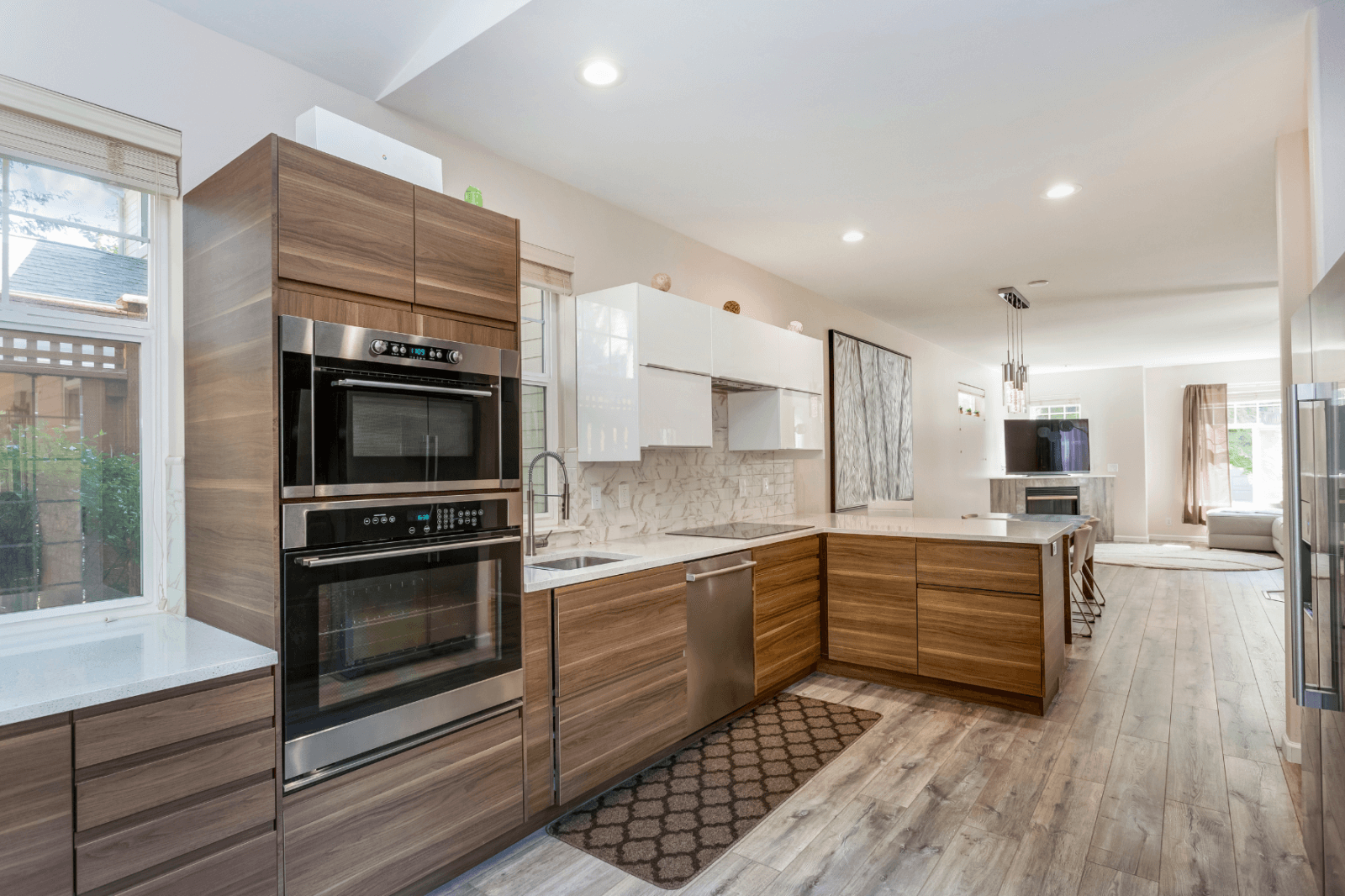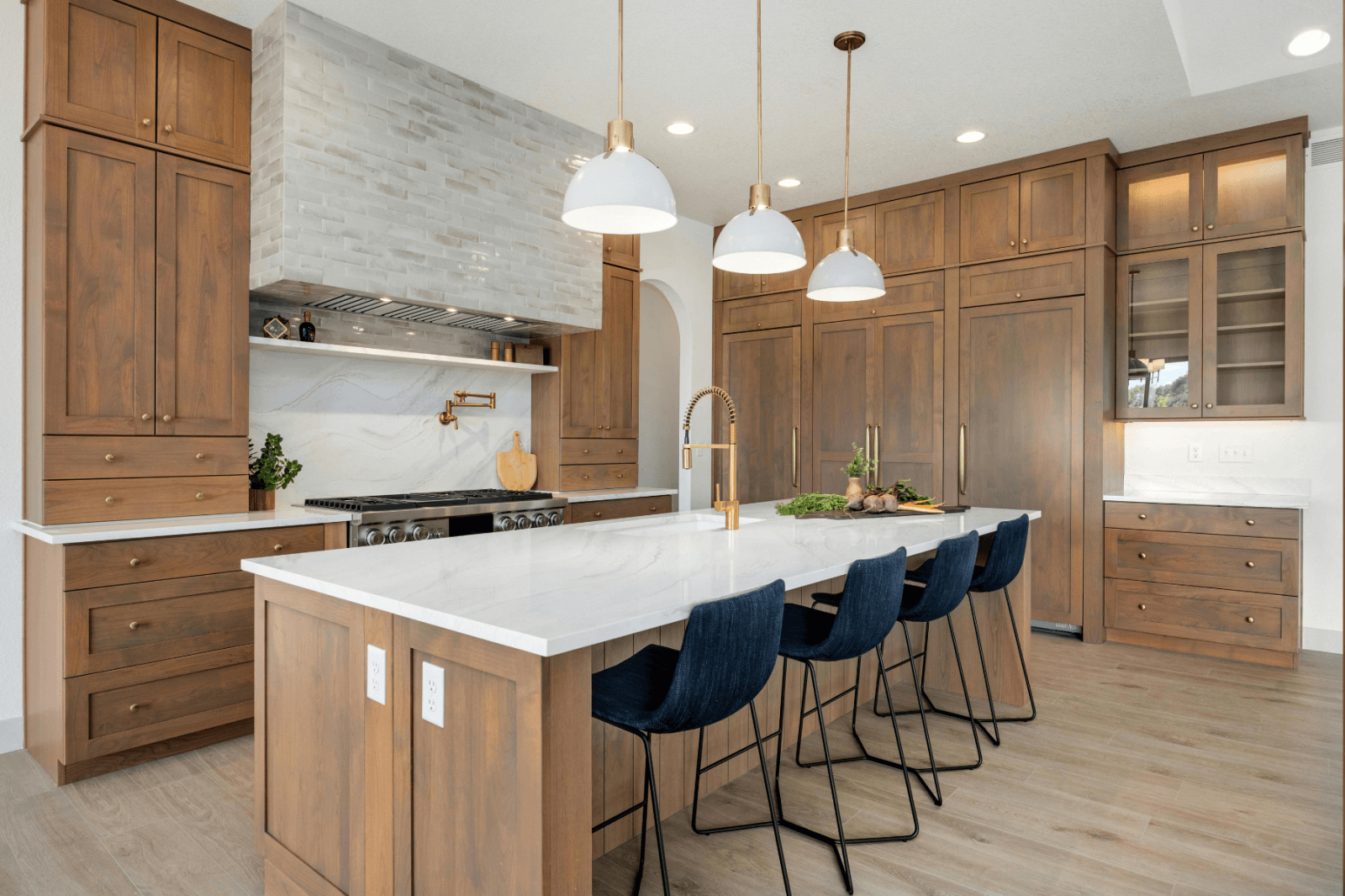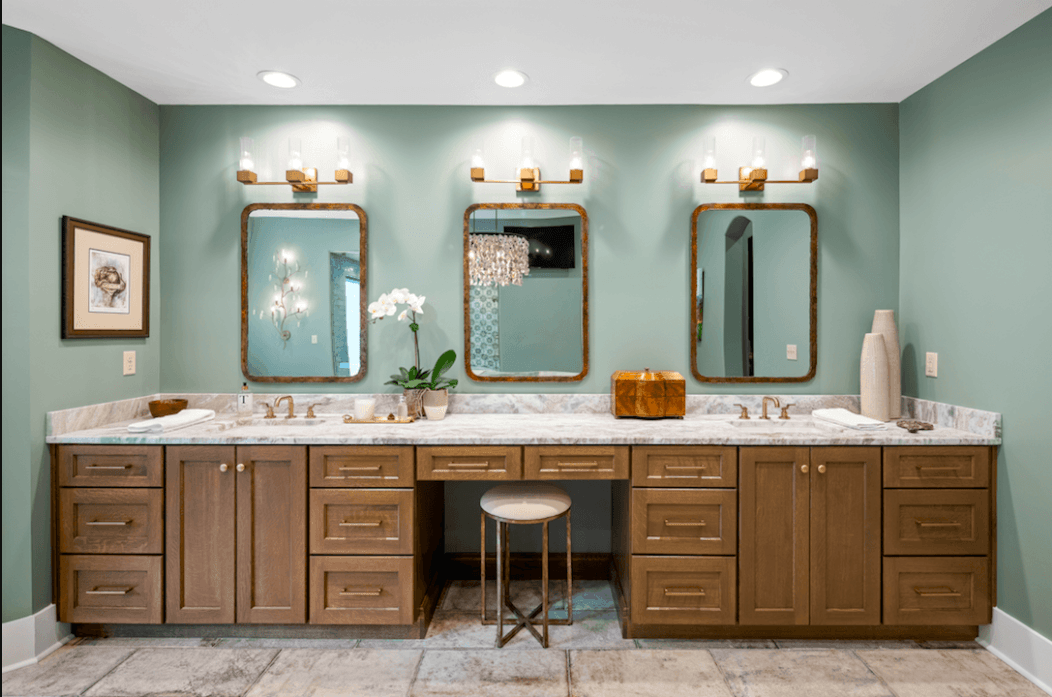The recently released 2023 U.S. Houzz Bathroom Trends Study reflects the preferences we are seeing among homeowners in Chattanooga. The Houzz Study compiles survey responses from nearly 2,000 homeowners who are currently remodeling, plan to remodel or have recently remodeled en suite bathrooms. Homeowners in Chattanooga can use these trends to make more informed and better purchasing decisions and make it easier to create the bathroom of their dreams.
Trend 1: Bathrooms are growing in size. More than 20% of homeowners responding to the Houzz Study reported that they increased the size of their bathroom as part of the renovation, creating additional space from closets, bedrooms and hallways. Other options homeowners in Chattanooga can consider for enlarging a bath is to build an addition. Nearly 60% of the bathrooms renovated in the Houzz study were 100 square feet or larger. Homeowners in Chattanooga and nationally are working with designers to maximize existing space often to create an in-home spa that includes a much larger shower space.
Trend 2: Planning for the long-term. Many homeowners in Chattanooga are planning for the future as they want to stay in their existing homes as they age. Their new baths often feature curbless shower entry, multiple grab bars and nonslip flooring. We often recommend increasing the width of doorways to potentially accommodate walkers and wheelchairs. We also often recommend lowering the height of vanities and fixtures for those who plan to age in place in their existing home.
Trend 3: Wood vanities. Wood has become the top choice for vanities according to the Houzz Study. One third of homeowners selected a wood vanity compared to 29% who opted for white and 13% choose gray for their vanity color. White remains the most popular color for countertops, shower walls and other walls in the bath.
Trend 4: Sustainability. Nearly 9 in 10 homeowners selected sustainable options for their new bathrooms that included LED lighting, dimmers and water-efficient faucets, shower fixtures and toilets. Cost-effectiveness is the number one reason to invest in sustainable options for a bath. Other compelling reasons to invest in sustainability for a new bath include improved health and wellness and concern for the environment.
Trend 5: Increased investment. The Houzz Study found that homeowners increased the amount they are spending on new baths by 50% from 2021 to 2022 and homeowners investing in a major remodel rose 33%. The increased investment does not come as a surprise because the amount homeowners are investing in home improvements has increased for four consecutive years.
Trend 6: Partnering with professionals. Homeowners are partnering with professional designers and installers to create dream baths more often. The use of general contractors increased 5% year over year. Contracting with bathroom designers, architects and interior designers also increased.
How can you leverage these trends to make better decisions for your dream bath? Give us a call at 423-266-0077 or make an appointment to visit our showroom either in person at 2601 Broad St. and let us show you how to select the best designs and products for your new bath.



VISIT OUR SHOWROOM
2601 Broad St.
Chattanooga, TN 37408
BUSINESS HOURS
Mon - Fri 9:00 am - 5:00 pm
Saturday By Appointment
All Rights Reserved | Privacy Policy | Powered by Flypaper | Classic Cabinetry



